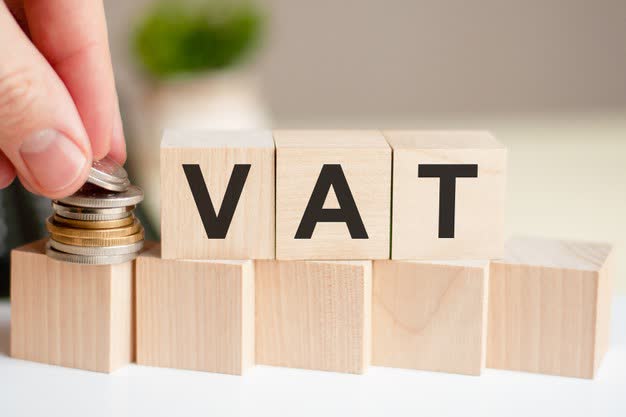VAT: Revenue for Public Care
BANGKOK (NNT) – Adjustment of Value Added Tax (VAT) has recently become an issue used to attack the government, with rumors claiming the administration is looking to raise VAT from 7 percent to 10 due to its poor financial standing, despite this not being the case and the government consistently choosing to maintain the rate at the lower 7 percent instead of its actual 10 percent on a yearly basis, while seeking alternative ways to acquire the revenue needed to provide public services.

VAT is one of the several types of taxation used globally by governments to amass the revenue needed for national administration. VAT is collected from individuals who purchase goods or services with the provider of the goods or service adding the tax to the price of the purchased item and forwarding the payment to the Revenue Department.
Thailand began collecting VAT in 1992 after adapting taxation to accommodate the rapidly expanding economy. The initial rate was 10 percent, but the Tom Yum Kung economic crisis of 1997 led to a decree reducing the rate to 7 percent inclusive of local tax, wherein one ninth of the collected tax is put to Local Administration Organizations. This means that in reality, VAT is only 6.3 percent with 0.7 of the total collected actually a local tax.
Since 1997, the government has maintained VAT at 7 percent by extending the initial decree on a yearly basis, making the idea of a 10 percent VAT rate often seen as a hike, a misunderstanding.
Annually, the government collects approximately 800 billion Baht in revenue from VAT, comprising 30 percent of its total revenue, which is all put to providing public services and national administration.
The funds are used to build roads, railways, and sky trains and to operate utilities as well as to provide welfare and care to citizens from birth through life. Supporting education, the revenue is used to provide scholarships and student loans and is contributed to savings programs for working age adults. When citizens fall ill, the government provides assistance through the social security program, which also aids low-income earners and the elderly by providing them with a pension. Even in times of crisis, the revenue is used to provide response and relief.
The question of whether or not Thailand’s 7 percent VAT rate is too high must be answered by comparing the rate with other countries. Nearby, fellow ASEAN nations Vietnam, Cambodia, Malaysia and Indonesia markup goods and services by 10 percent with Singapore collecting 7 percent despite the country’s average income being much higher than Thailand. VAT in the Philippines is 12 percent, in line with the general Asia average of 11-12 percent. The tax in Europe hits an even higher average of 20 percent. All in all, it can be seen that Thailand’s VAT rate is on the world’s lower tier, especially when compared to similarly sized economies.
Moreover, VAT is not only an economic issue but a political one. The saying goes that any government that raises VAT loses votes, even though an adjustment from 7 to 10 percent would be nominal as VAT is only added at one pricing stage.
Most importantly, it must be remembered that revenue from VAT is channeled back to citizens through public service and welfare, areas that are in constant development to account for changing circumstances.
Without VAT, these services would not be possible, so perceptions of the tax must consider these realities. Nonetheless, under current economic conditions and the COVID-19 situation, the government has given an assurance it won’t adjust the VAT rate in the coming 1-2 years.



